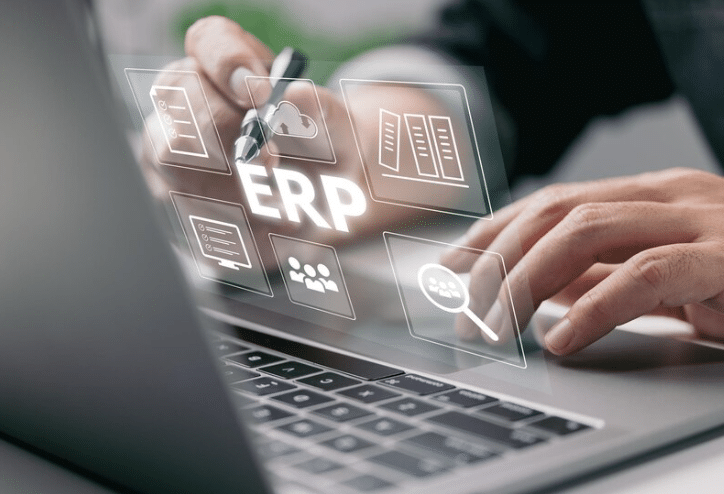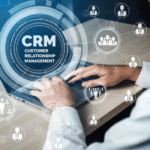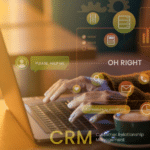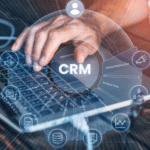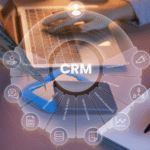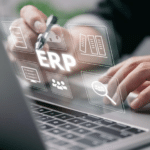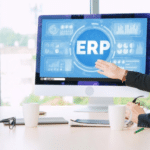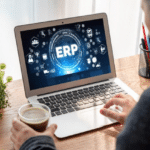Selecting the right ERP (Enterprise Resource Planning) software is a critical decision for any business. The right ERP solution can streamline operations, improve efficiency, and drive growth. However, with numerous options available in the market, choosing the right ERP software can be a daunting task. This buyer’s guide aims to provide a comprehensive overview of the key factors to consider when selecting ERP software for your business.
I. Understanding ERP Software
A. What is ERP Software?
ERP software is an integrated suite of applications that manage core business processes such as finance, HR, manufacturing, supply chain, services, procurement, and others. It centralizes data, automates workflows, and provides real-time visibility into operations.
B. Importance of ERP Software
ERP software is essential for businesses seeking to improve operational efficiency, enhance decision-making, and gain a competitive edge. It helps in reducing manual processes, minimizing errors, and providing a unified view of the business.
II. Key Considerations When Choosing ERP Software
A. Business Requirements
- Identify Core Processes: Determine the key business processes that the ERP system needs to support, such as finance, inventory management, manufacturing, and customer relationship management.
- Future Needs: Consider future business growth and scalability. Choose an ERP system that can adapt to evolving business needs and scale as the business grows.
B. Deployment Options
- Cloud-Based ERP: Offers flexibility, scalability, and lower upfront costs. Ideal for businesses looking for quick deployment and minimal IT infrastructure.
- On-Premises ERP: Provides more control and customization but requires significant investment in hardware and IT resources. Suitable for businesses with specific compliance or security requirements.
- Hybrid ERP: Combines elements of both cloud and on-premises ERP, offering a balance between flexibility and control.
C. Budget and Total Cost of Ownership (TCO)
- Initial Costs: Consider the upfront costs, including software licensing, implementation, and training.
- Ongoing Costs: Account for maintenance, support, upgrades, and any additional customization or integration costs.
- ROI: Evaluate the potential return on investment by considering the cost savings, efficiency gains, and productivity improvements the ERP system will bring.
D. Vendor Reputation and Support
- Vendor Experience: Choose a vendor with a proven track record and extensive experience in your industry.
- Customer Support: Ensure the vendor provides robust support and training services. Check for availability of user communities, online resources, and customer support channels.
- References and Reviews: Look for customer reviews and testimonials to gauge the vendor’s reputation and reliability.
E. Integration and Customization
- Integration Capabilities: Ensure the ERP software can integrate seamlessly with existing systems and third-party applications.
- Customization: Assess the level of customization available to tailor the ERP system to your specific business needs without requiring extensive modifications.
F. User Experience and Training
- User-Friendly Interface: Choose an ERP system with an intuitive and user-friendly interface to ensure ease of use and quick adoption by employees.
- Training Programs: Ensure comprehensive training programs are available to help users understand and effectively utilize the ERP system.
III. Steps to Select the Right ERP Software
A. Conduct a Needs Assessment
Perform a detailed assessment of your business needs and processes. Involve key stakeholders from different departments to gather requirements and identify pain points that the ERP system should address.
B. Research and Shortlist Vendors
Research various ERP vendors and solutions available in the market. Create a shortlist of vendors that meet your business requirements and budget.
C. Request Demos and Proof of Concept (POC)
Request product demos and proof of concept from shortlisted vendors. Evaluate the usability, functionality, and fit of the ERP system with your business processes.
D. Evaluate Proposals and Select Vendor
Review proposals from vendors, considering factors such as cost, functionality, support, and vendor reputation. Conduct detailed evaluations and select the vendor that best meets your requirements.
E. Plan and Execute Implementation
Develop a detailed implementation plan, including timelines, milestones, and resource allocation. Ensure proper change management and training programs are in place to facilitate a smooth transition.
IV. Common Pitfalls to Avoid
A. Overlooking Business Requirements
Ensure all business requirements are thoroughly documented and prioritized. Avoid selecting an ERP system based solely on features without considering how it fits with your business processes.
B. Underestimating the Total Cost of Ownership
Consider all costs associated with the ERP system, including implementation, customization, training, and ongoing maintenance. Be aware of hidden costs and ensure the budget is realistic.
C. Ignoring User Adoption and Training
Invest in comprehensive training and change management programs to ensure users are comfortable with the new system and can use it effectively.
D. Neglecting Integration Capabilities
Ensure the ERP system can integrate seamlessly with existing systems and applications. Lack of integration can lead to data silos and inefficiencies.
V. Conclusion
Choosing the right ERP software is a critical decision that can significantly impact your business operations and growth. By understanding your business needs, considering key factors such as deployment options, budget, vendor reputation, integration, and user experience, and following a structured selection process, you can choose an ERP system that will streamline operations, enhance efficiency, and drive business success.
